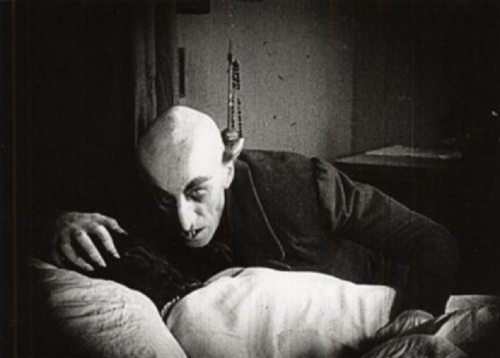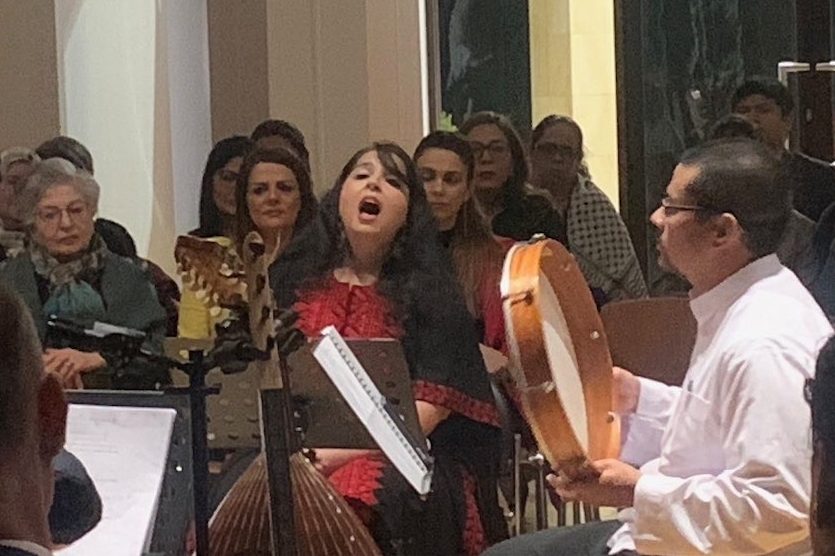THERE can be no doubt about it, the one day festival “Art, Not Apart” has embedded itself in the Canberra consciousness.

Part of the first year of involvement by the NFSA was the screening of FW Murnau’s 1922 German Expressionist horror film, “Nosferatu: A Symphony of Horror”, an unauthorised take on Bram Stoker’s “Dracula”. It was not the film alone that drew the impressive crowd into the Arc, but rather the live musical performance by the duo Tess Said So – classically trained pianist Rasa Daukus and percussionist Will Larsen – of their original composition for “Nosferatu”.
Cinema buffs will be aware that Daukus and Larsen belong to a long line of composers for this movie, including creator of the original score Hans Erdmann and James Bernard, who composed soundtracks to many Hammer horror films, but the two musicians in Tess Said So brought a sensitivity and restraint to their task that added a new dimension to this cult movie.
Daukus, a former piano student of Larry Sitsky, is known here as Director of Music at the University of Canberra and a self-confessed fan of minimalist composers like Steve Reich and Takemitsu, to say nothing of David Bowie and Miles Davis. She has joined Larsen, ARIA awardee, percussionist, drummer and winner of Best Score at the 2012 Los Angeles Movie Awards in a relentless search for compositions for piano and percussion, hitherto dominated by Bela Bartok and George Crumb.
The solution has been to compose their own work and in “Nosferatu”, their classical sensitivities confront the more strident demands of movie music in a fascinating meeting of minds. By sitting close to the musicians with the screen towering above, it was possible for the viewer to detect facial expressions and other small indications that allowed them to negotiate how to keep up with the film or at times slow down.

For the most part the piano and the many varied percussion instruments, including bells of all varieties and sizes, create an atmosphere of anticipation of horrible things about to happen. But as in one scene in the count’s Transylvanian castle, sometimes anticipated horrors do not happen.
Unlike Dracula, Count Orlok does not turn his victims into new vampires, but he does kill many people on board ship and in the town of Bremen, giving the impression that they are victims of the plague. It is the count’s dangerous spiritual influence on the other characters that leads to more melodramatic expressions of music. When the demented agent Renfield escapes to lead the townsfolk on a chase through Bremen, Larsen breaks into a more strident use of larger drums and heavy percussion to increase excitement. Here the two musicians are visibly enjoying themselves.
But for the larger part their approach to horror is more subtle, allowing the style of characterisation in silent movies through larger-than-life facial reactions to emerge.
Daukus and Larsen have in this toned-down way, paid greater respect to the filmmakers than many other musicians backing silent films, eliminating cliched response and looking a little bit deeper into mood and motivation. Ironically, that makes it all the more scary.
Who can be trusted?
In a world of spin and confusion, there’s never been a more important time to support independent journalism in Canberra.
If you trust our work online and want to enforce the power of independent voices, I invite you to make a small contribution.
Every dollar of support is invested back into our journalism to help keep citynews.com.au strong and free.
Thank you,
Ian Meikle, editor




Leave a Reply